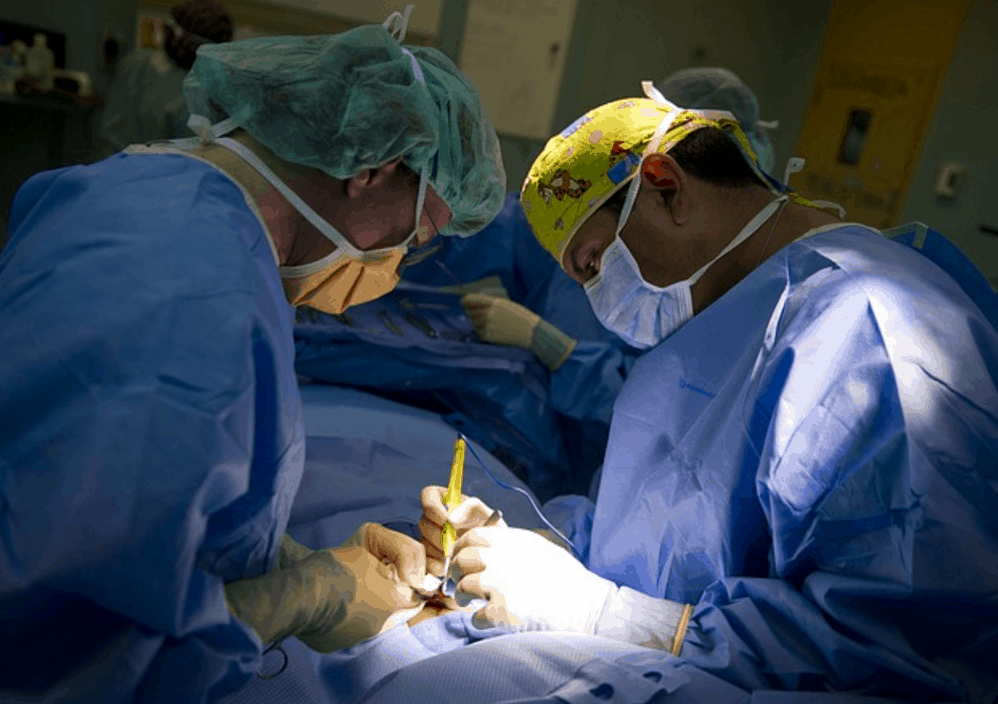October 15, 2015

For the first time, a new study published in The Lancet Infectious Diseases estimates the potential impact of antibiotic resistance on common surgery and cancer procedures, painting a grim picture in which doctors can no longer keep life-threatening infections at bay and thousands more patients could die—or forgo needed care because of the increased risk.
Study researchers at the Center for Disease Dynamics, Economics & Policy (CDDEP) estimate that a 30 percent drop in the effectiveness of antibiotics typically administered as a preventive measure to surgery and chemotherapy patients would result in 120,000 additional infections and more than 6,000 additional deaths a year in the U.S. alone.
They also found that 39 percent to 51 percent of pathogens that cause surgical infections are resistant to standard antibiotics.
“The evidence is clear that overuse and improper use of antibiotics have reduced the effectiveness of many antibiotics, resulting in significantly higher risks for surgery and cancer patients,” said CDDEP Director and study co-author Ramanan Laxminarayan. “These numbers need to be taken seriously, especially as our population ages and the risks increase even more.”
The projected increase in infections is not the only serious concern; there’s also the impact that increased risk will have on access to surgery and chemotherapy. If patients have weakened immune systems and antibiotics can’t protect them, many won’t have the option of surgery—or they may not choose to have surgery because the cumulative risks are too great.
“The declining effectiveness of antibiotics will deny many people the benefits of modern medicine,” Laxminarayan said. “If you know that you have a much higher chance of developing an untreatable infection after a hip replacement, are you going to get that surgery?”
The CDDEP researchers used data from more than 40 years of randomized controlled trials to model the increase in infections for blood cancer chemotherapy and the ten most common surgical procedures (Caesarean section, transrectal prostate biopsy, spinal surgery, surgical abortion, hysterectomy, pacemaker implantation, total hip replacement, appendectomy, colorectal surgery and hip fracture). Together, these procedures are performed 6 million times a year in the United States.
The procedures most likely to be affected are those that already have the highest infection rates, like colorectal surgery, and those for which the standard preventive antibiotic has lost the most effectiveness, like the antibiotic cefazolin, used for a variety of procedures.
Although the trend in antibiotic resistance is alarming, the researchers emphasize that it can be reversed with significant investments in antibiotic stewardship.
“We can change the course of antibiotic resistance,” said study co-author Sumanth Gandra, resident scholar at CDDEP’s New Delhi office. “Antibiotic stewardship programs, improved hospital infection control, educating physicians and the public on proper use of antibiotics, widespread vaccination—all of these can make a difference in stopping dangerous infections.”
But absent immediate action, the problem will only get worse. The study also modeled an increase in infections for a 70 percent decline in antibiotic efficacy—a high but not unreasonable projection if current resistance trends continue. Under those conditions, researchers predict 280,000 more infections and 15,000 more deaths annually.
“The prospect is absolutely terrifying,” said Gandra. “Declining antibiotic effectiveness has the potential to undo centuries of medical progress. We must act now to limit the growing threat of antibiotic resistance.”
###
About the Center for Disease Dynamics, Economics & Policy
The Center for Disease Dynamics, Economics & Policy (CDDEP) was founded with the objective of using research to support better decision-making in health policy. CDDEP researchers employ a range of expertise—including economics, epidemiology, disease modeling, risk analysis, and statistics—to conduct actionable, policy-oriented research on malaria, antibiotic resistance, disease control priorities, environmental health, alcohol and tobacco, and other global health priorities.
The Center for Disease Dynamics, Economics & Policy (CDDEP) was founded with the objective of using research to support better decision-making in health policy. CDDEP researchers employ a range of expertise—including economics, epidemiology, disease modeling, risk analysis, and statistics—to conduct actionable, policy-oriented research on malaria, antibiotic resistance, disease control priorities, environmental health, alcohol and tobacco, and other global health priorities.











